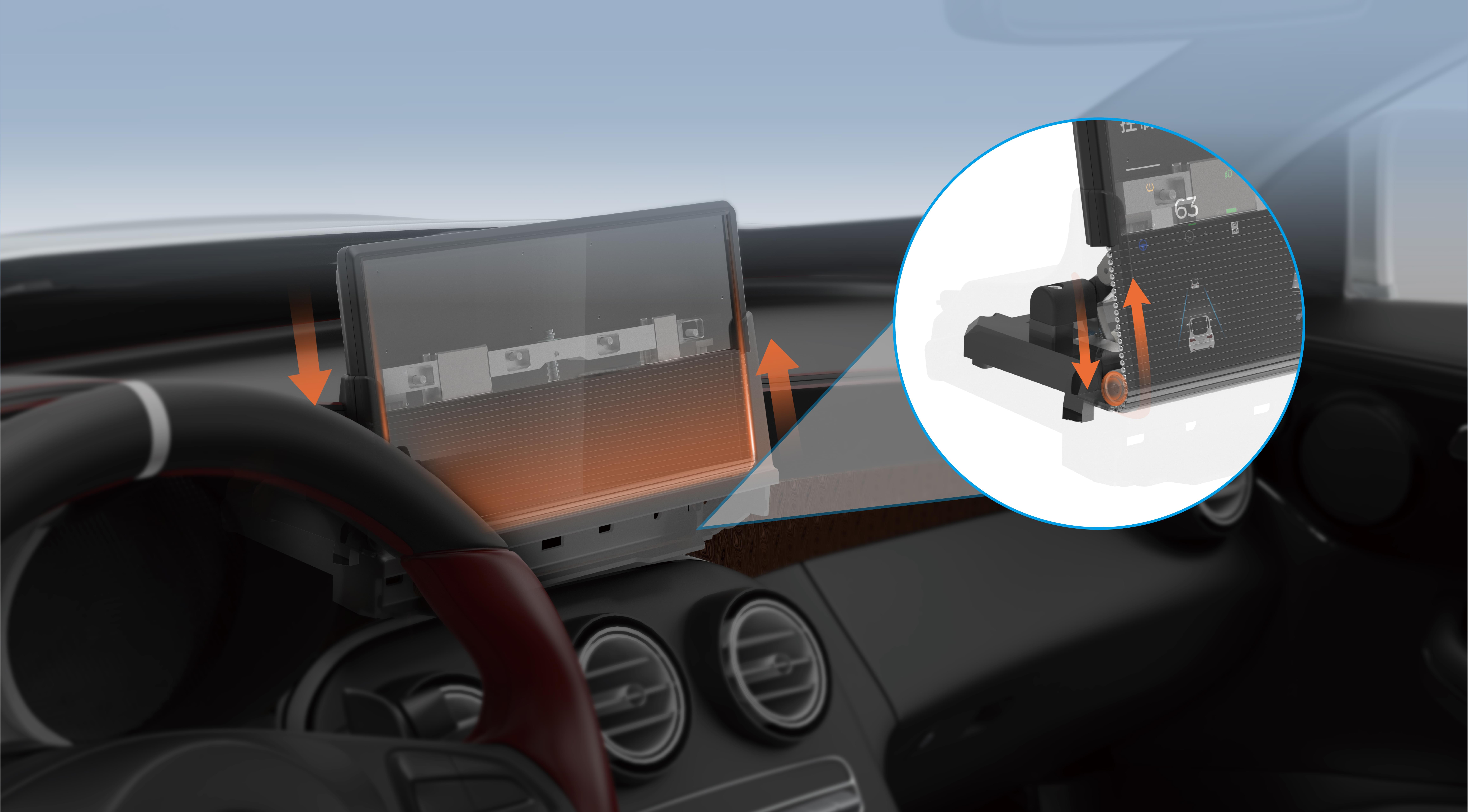Unlocking Precision: Understanding the Role of Encoders in Servo Motors
Imagine a world where robotic arms assemble delicate microchips, autonomous vehicles navigate complex terrains, or industrial robots perform precise welding—each reliant on a core component that keeps their movements accurate and reliable: the encoder. But what exactly is an encoder in a servo motor, and why has it become an indispensable part of modern automation systems?

At its core, an encoder is a type of sensor that converts mechanical motion into electrical signals. Think of it as the motor’s vigilant eye, constantly monitoring position, speed, and direction, then relaying this vital information to the motor's controller. This continuous feedback loop enables the servo motor to adjust its movements with remarkable precision, ensuring that each task is performed exactly as intended.
Understanding the Servo Motor Framework
Before diving into the encoder itself, it helps to grasp how a servo motor operates. Unlike simple motors that spin continuously, a servo motor is designed for controlled movement. It can rotate to a specific position, hold that position against external forces, and move accurately from one point to another. This level of control is particularly essential in robotics, CNC machines, aerospace applications, and automation lines.
Core to a servo motor’s operation is its feedback mechanism, which constantly informs the control system about the motor’s current position and speed. This is where encoders come in—transforming raw mechanical motion into electrical signals that can be interpreted by controllers in real-time.
Types of Encoders: An Overview
There are chiefly two categories of encoders used in servo systems:
Incremental Encoders: These provide information about position changes (i.e., increments), often used for speed detection and relative positioning. They're like the odometers of the motor world—reporting how much movement has occurred but not absolute location on their own.
Absolute Encoders: These provide a unique digital code for each position, giving the exact location of the shaft at any given time, without needing to move from a reference point afterward. Think of them as giving a GPS coordinate for the motor’s position—always precise and unambiguous.
Both types have their unique advantages and applications, but in high-precision environments, absolute encoders are often preferred for their reliability in detecting the exact position even after power outages.
How Encoders Work in a Servo Motor
Inside a typical encoder, you'll find a few key components:
Sensor Disc or Rotor: Attached directly to the motor shaft, this disc has patterns—either lines, slots, or digital patterns—organized in a specific way.
Light Source and Detector (Optical Encoders): In many encoders, a light-emitting diode (LED) shines through or reflects off the patterns on the disc. Photodetectors then read these patterns as the disc spins.
Magnetic or Electronic Sensors: Some encoders use magnetic fields or Hall effect sensors instead of optics, particularly in harsh environments where dust or dirt could obscure optical paths.
Signal Processing Circuitry: Converts raw sensor data into clean electrical signals, which are then interpreted by the servo controller.
As the motor shaft turns, the patterns on the sensor disc alternately block and unblock the light or magnetic flux, generating pulses or digital signals that correspond to rotational movement. The frequency and pattern of these signals inform the control system about the precise position, velocity, and direction of the shaft.
Why Encoders Are Critical in Servo Systems
The importance of encoders stems from their role in establishing a closed-loop control system. Unlike open-loop systems, where the motor runs without feedback, closed-loop systems use encoder data to continually adjust the motor’s input, correcting any deviations from the desired path or position.
This continuous feedback ensures several benefits:
High Accuracy: Enables the servo motor to reach and hold very specific positions, crucial for tasks demanding micrometer-level precision.
Fast Response: The system quickly reacts to changes or disturbances, maintaining stability and control during rapid movements.
Error Correction: Detects discrepancies between commanded and actual positions, allowing for real-time adjustments that prevent overshoot or oscillation.
Enhanced Efficiency: Precise control reduces power consumption and mechanical stress, leading to longer equipment lifespan.
Applications of Encoders in Modern Industry
From tiny robotic joints to massive industrial presses, encoders are woven into the fabric of automation. Here are some notable applications:
Robotics: Ensuring robotic arms can reach exact positions for assembly, painting, or surgical procedures.
CNC Machining: Achieving intricate cuts and precise tool positioning in manufacturing.
Automotive Industry: Enabling autonomous vehicles to determine wheel rotation and speed accurately.
Aerospace: Managing control surfaces and navigation systems requiring ultra-high precision.
Printing and Packaging: Aligning print heads or packaging machinery with exactness for high-quality output.
The Future of Encoders in Servo Technology
As technology advances, so do encoders. Innovations like optical encoders with higher resolution, magnetic encoders resilient to harsh environments, and digital encoders with integrated processing are pushing the boundaries of control precision. Wireless or fiber-optic encoders are also emerging, promising more flexible installation and maintenance.
The evolution of encoders is fundamentally about making machinery smarter, more responsive, and more reliable—driving progress across every industry that depends on motion control.
Established in 2005, Kpower has been dedicated to a professional compact motion unit manufacturer, headquartered in Dongguan, Guangdong Province, China.




































